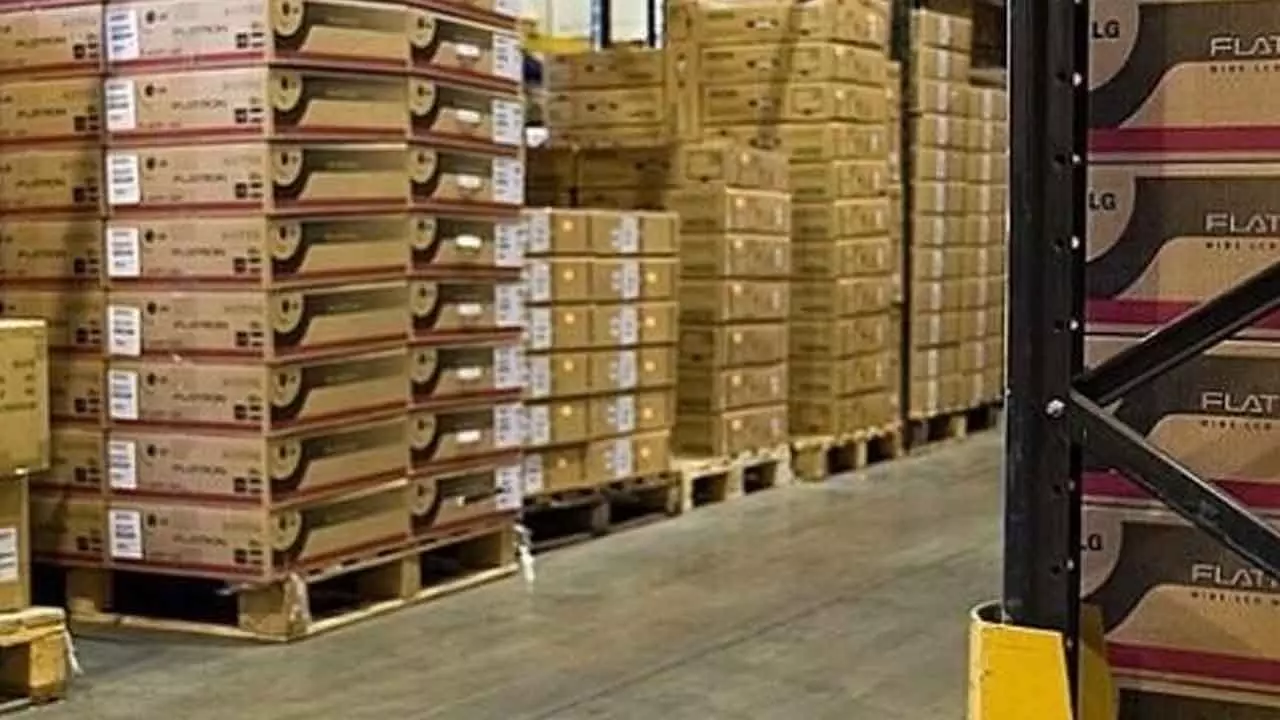Warehousing Sector Grows 50% YoY in Q1
Records leasing of 16.7 mn sq ft, driven by manufacturing sector
Warehousing Sector Grows 50% YoY in Q1

Mumbai: Knight Frank India, a leading international property consultancy, in its latest report, highlighted a strong performance in warehousing leasing across the top eight markets during Q1 2025. Total leasing activity stood at 16.7 million square feet (mn sq ft), marking a significant 50 per cent year-on-year (YoY) increase. This growth was primarily driven by the manufacturing sector, which recorded a remarkable 94 per cent YoY surge in leasing volumes, reaching 8 mn sq ft in the first quarter of the calendar year. Manufacturing companies accounted for 48 per cent of total warehousing demand, underscoring the sector’s continued momentum and long-term investment outlook.
Mumbai led with 27 per cent of total transacted volumes at 4.4 mn sq ft, followed by Pune, Chennai, and NCR, each contributing approximately 16–17 per cent of the same.
Shishir Baijal, Chairman & Managing Director, Knight Frank India, said, “The Indian warehousing market has demonstrated sustained momentum in Q1 2025, despite global supply chains being impacted by the new tariff environment. The China+1 strategy increasingly adopted by global businesses along with the government’s focus on ‘Make in India’ continues to propel the country’s manufacturing sector. The e-commerce sector is also showing promising signs of recovery, and its trajectory in 2025 will be a key trend to watch. As infrastructure and policy support continue to grow, India is poised to strengthen its position as a logistics and industrial powerhouse.”
Demand for Grade A warehousing facilities remained firm in Q1 2025, accounting for 59 per cent of all transactions. This preference underscores occupiers’ growing emphasis on higher efficiency, ESG compliance, and automation readiness. Developers, too, have aligned with this demand, with 65 per cent of the new 9.6 mn sq ft supply comprising Grade A spaces. Pune and Chennai have the highest concentration of Grade A stock at 69 per cent and 78 per cent respectively due to their primary demand base of auto and auto ancillary occupiers. Tenants are clearly prioritising modern facilities that align with global logistics standards and offer scalability, safety, and technological integration.

